Which Baby Monitor Should I Buy?
Choosing the Right Baby Monitor: A Comprehensive Guide for New Parents
As a new parent, ensuring the safety and well-being of your baby is paramount. One of the essential tools that can help you achieve this peace of mind is a baby monitor. With a plethora of options available in the market, selecting the right baby monitor can be a daunting task. This article aims to guide you through the process, helping you make an informed decision based on your specific needs and preferences.
Understanding the Types of Baby Monitors
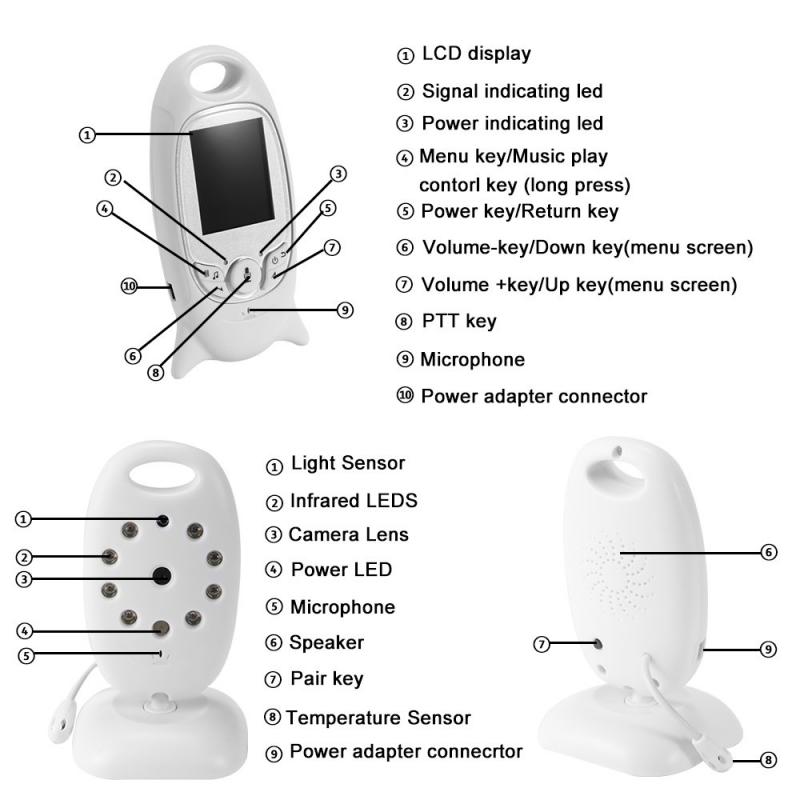
Before diving into the features and specifications, it's crucial to understand the different types of baby monitors available:
1. Audio Monitors: These are the most basic type of baby monitors, allowing you to hear your baby. They are generally more affordable and easier to use but lack visual capabilities.
2. Video Monitors: These monitors come with a camera and a screen, enabling you to see and hear your baby. They offer more peace of mind but are usually more expensive than audio monitors.
3. Movement Monitors: These monitors track your baby's movements and can alert you if no movement is detected for a certain period. They are often used in conjunction with audio or video monitors.
4. Smart Monitors: These are the most advanced type, offering features like smartphone connectivity, sleep tracking, and even health monitoring. They are the most expensive but provide a comprehensive monitoring solution.
Key Features to Consider
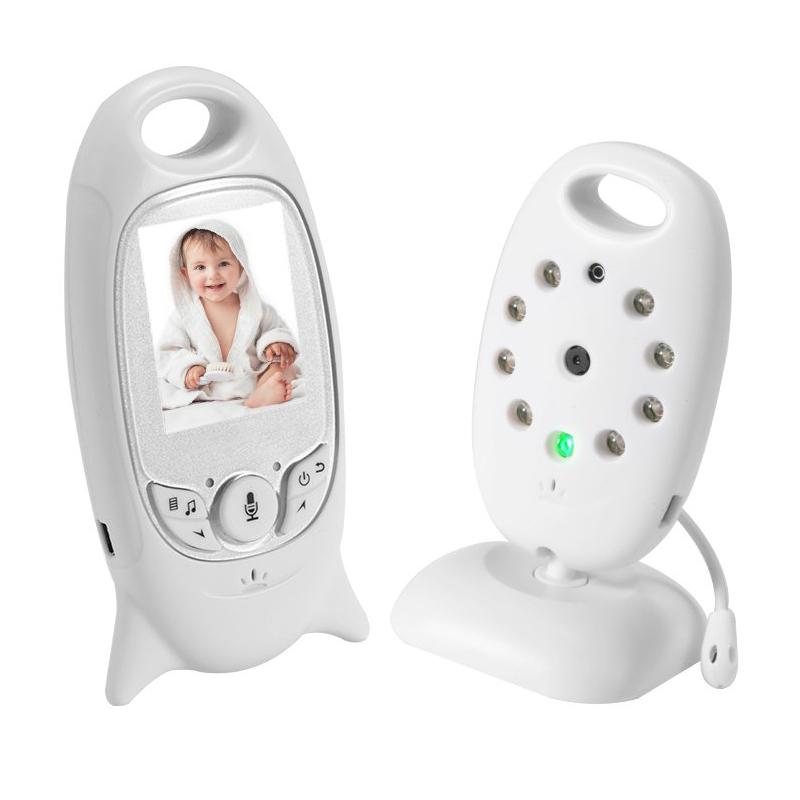
When choosing a baby monitor, several features can significantly impact your experience. Here are some key aspects to consider:
1. Range: The range of the monitor is crucial, especially if you live in a large house. Ensure the monitor can maintain a clear signal throughout your home.
2. Battery Life: A monitor with a long battery life is essential for uninterrupted monitoring. Look for models with rechargeable batteries and a low-battery alert.
3. Night Vision: If you opt for a video monitor, night vision is a must-have feature. It allows you to see your baby clearly in low-light conditions.
4. Two-Way Communication: This feature enables you to talk to your baby through the monitor, which can be soothing for both you and your baby.
5. Temperature Monitoring: Some monitors can track the temperature in your baby's room, alerting you if it gets too hot or cold.
6. Portability: A portable parent unit allows you to move around the house while keeping an eye on your baby. Some models also offer a clip or strap for added convenience.
7. Expandability: If you plan to monitor multiple rooms or children, look for a monitor that supports additional cameras.
8. Security: For smart monitors, ensure they have robust security features to protect against hacking. Look for models with encrypted signals and secure connections.
Popular Baby Monitor Brands and Models

To help you narrow down your choices, here are some popular baby monitor brands and models that have received positive reviews from parents:
1. Infant Optics DXR-8: This video monitor is known for its interchangeable lens system, allowing you to customize the viewing angle. It offers a good range, long battery life, and reliable performance.
2. Motorola MBP36XL: This video monitor features a large screen, remote pan, tilt, and zoom capabilities, and a long range. It also includes two-way communication and temperature monitoring.
3. Owlet Smart Sock + Cam: This smart monitor combines a video camera with a wearable sock that tracks your baby's heart rate and oxygen levels. It offers comprehensive monitoring but comes at a higher price point.
4. VTech DM221: This audio monitor is a budget-friendly option with clear sound quality, a long range, and two-way communication. It's a great choice for parents who don't need video capabilities.
5. Nanit Plus: This smart monitor offers HD video, sleep tracking, and breathing motion monitoring. It connects to your smartphone, providing real-time alerts and insights.
Practical Tips for Using a Baby Monitor
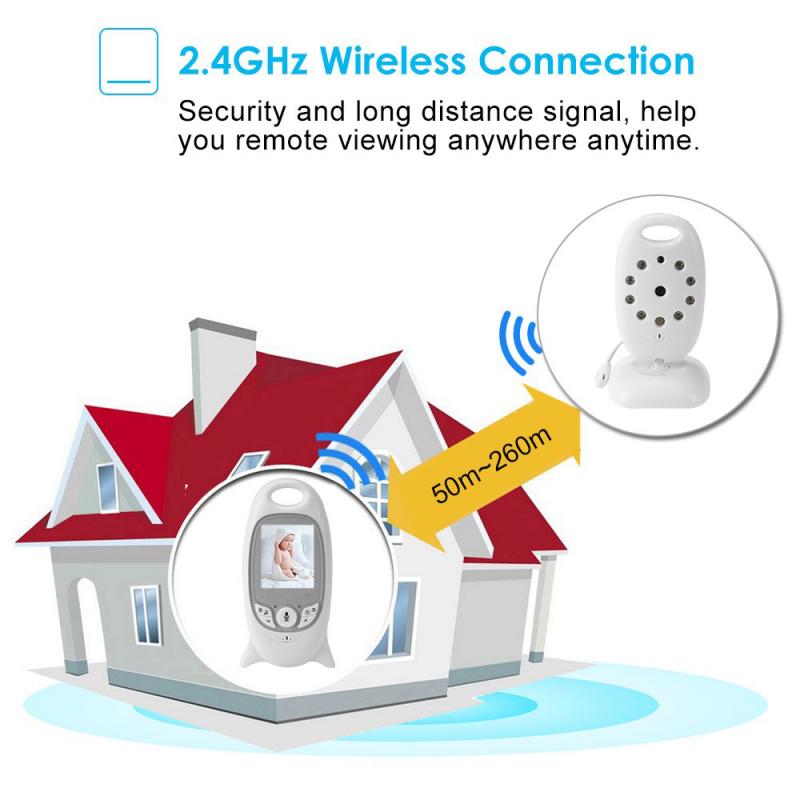
Once you've chosen the right baby monitor, here are some practical tips to ensure you get the most out of it:
1. Positioning: Place the monitor's camera at a safe distance from the crib, ensuring it covers the entire sleeping area. Avoid placing it too close to avoid any potential hazards.
2. Regular Checks: Periodically check the monitor's battery life, signal strength, and camera angle to ensure everything is functioning correctly.
3. Secure Connections: For smart monitors, regularly update the firmware and use strong, unique passwords for your Wi-Fi network to enhance security.
4. Noise Levels: Adjust the sensitivity settings to filter out background noise while still picking up your baby's sounds. This can help reduce unnecessary alerts.
5. Backup Plan: Have a backup plan in case the monitor fails. Regularly check on your baby in person and consider having a secondary monitor or audio device as a backup.
Choosing the right baby monitor involves considering various factors, including the type of monitor, key features, and your specific needs. By understanding the different options available and evaluating the features that matter most to you, you can make an informed decision that provides peace of mind and ensures your baby's safety.
Remember, the best baby monitor is the one that fits seamlessly into your lifestyle and meets your monitoring needs. Whether you opt for a basic audio monitor or a high-tech smart monitor, the goal is to create a safe and secure environment for your little one. Happy parenting!


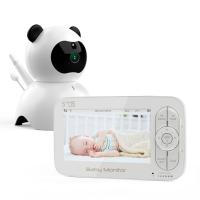
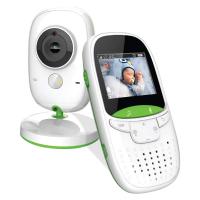
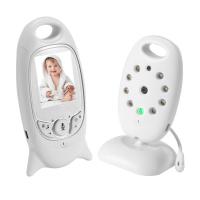
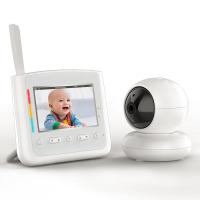
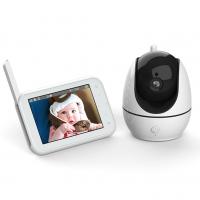
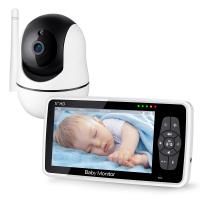

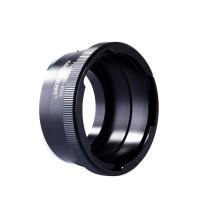


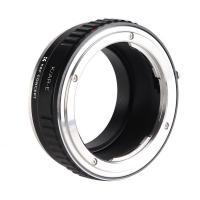

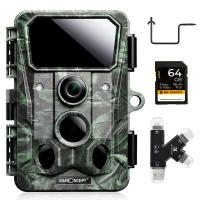


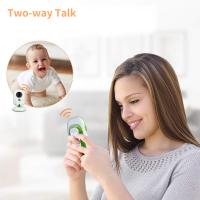
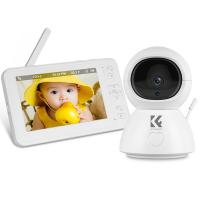


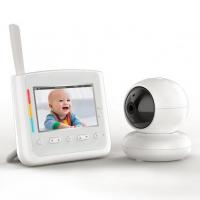

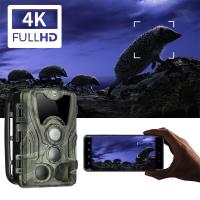
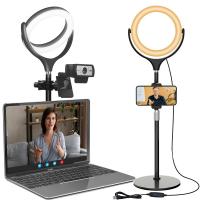
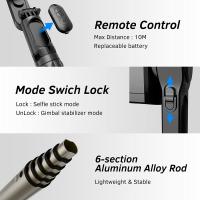
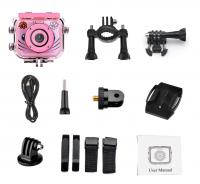
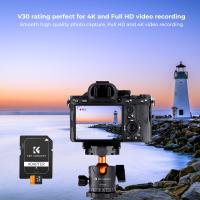

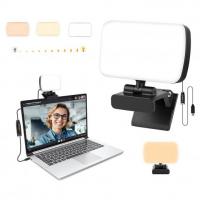
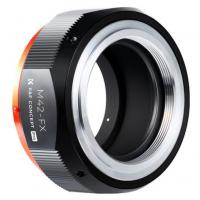


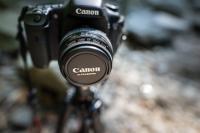
There are no comments for this blog.